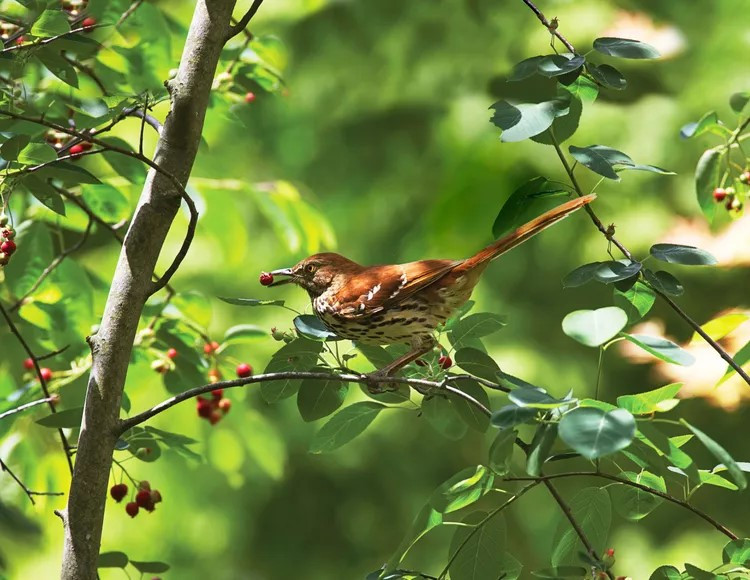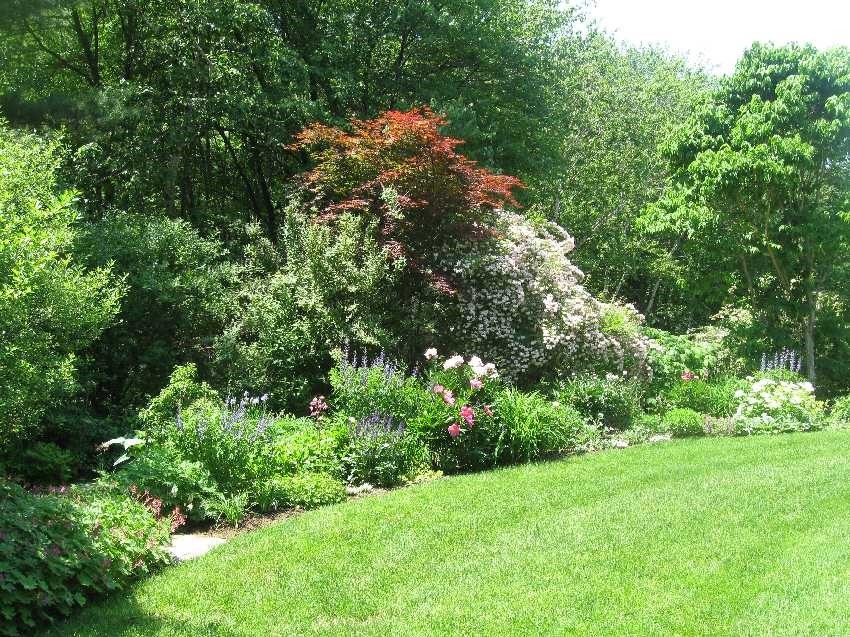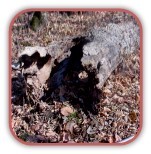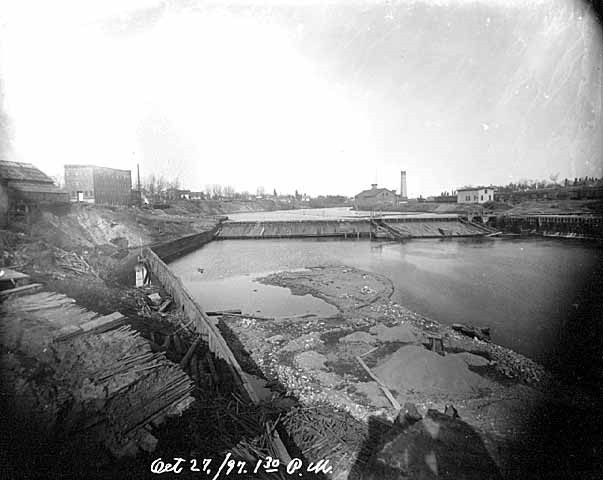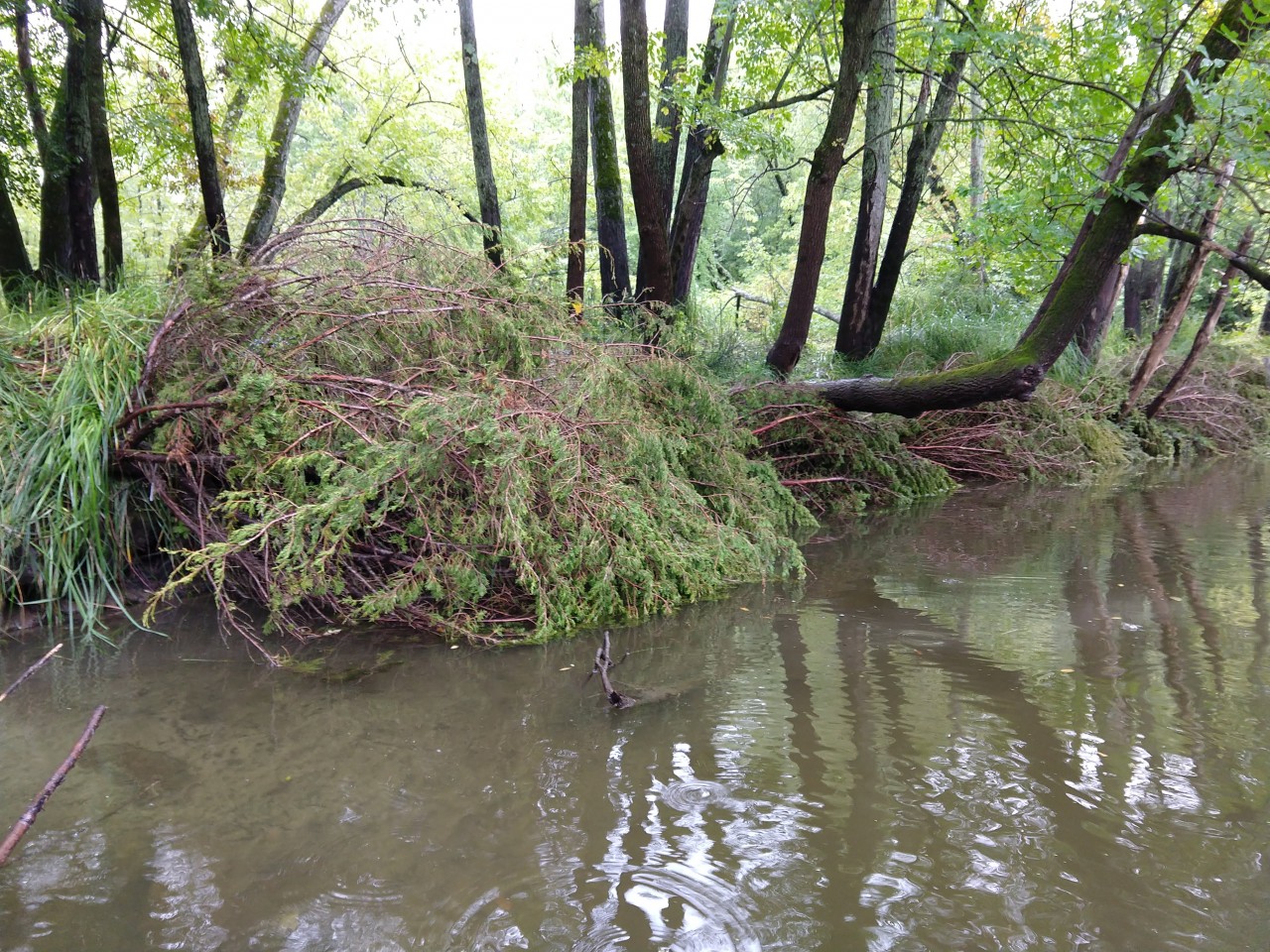Planting native plants and nectar-rich flowers, supplying food and water sources, and avoiding pesticides are some of the keystones for attracting wildlife to your garden. Different species of pollinator prefer different shapes of flowers. Some like flat clusters of tiny flowers, and others seek out trumpet-shaped blossoms. Native plants such as coneflower, New England aster, and butterfly weed offer a variety of flower shapes to attract a variety of wildlife. Planting indigenous flowers and grasses among native trees and shrubs creates a self-sustaining environment. Plus, native plants require less maintenance than non-native species because they are better suited to the soil and climate.
Keep an eye out for invasive plants that may try to sneak into your garden. These include purple loosestrife, Japanese knotweed, crown vetch, and multiflora rose, all of which can spread rampantly. There are free apps you can download to help you identify plant species. A pond can provide refreshing drinks for wildlife and habitat for fish, frogs, and other water-loving creatures. Thoughtfully placed plants, including hardy water lilies and arrowhead in and around the water are key ingredients for a healthy ecosystem.
Bird baths are a simple way to attract wildlife, especially feathered friends who appreciate a place to safely drink and bathe.Birds prefer shallow basins no more than 2 inches deep with a rough surface for good gripping. For protection against lurking cats and other predators, place a bird bath a few feet from a tree or shrub so that the area immediately surrounding it is open yet close enough to sheltered perches for quick getaways.
While adult butterflies fly from flower to flower sipping sweet nectar, their wriggly offspring are content to feast on a single host plant. Parental instinct guides each species to lay eggs on the plants their offspring favor. Favorite caterpillar cuisine includes parsley, dill, fennel, milkweed, willow, Queen Anne's lace, spicebush, and white clover. Pesticides can cause harm to the butterflies and bees you're trying to support. If you plant a diverse mix of plants, especially natives, pests are unlikely to do much damage to your garden so it's best to accept a little imperfection just let nature take its course.
Birds such as robins, brown thrashers, and cedar waxwings flock to landscapes that feature fruit-bearing trees and shrubs. Native species that fit into yards large and small include serviceberry, crabapple, and hawthorn. Don't try to do all this at once! Pick one project this summer and add it to your yard. You'll notice the change immediately. As time goes on; you can keep modifying and make changes as you go. Enjoy! Learn more from the source article or contact Becky Wozney, Wetland Specialist, at
